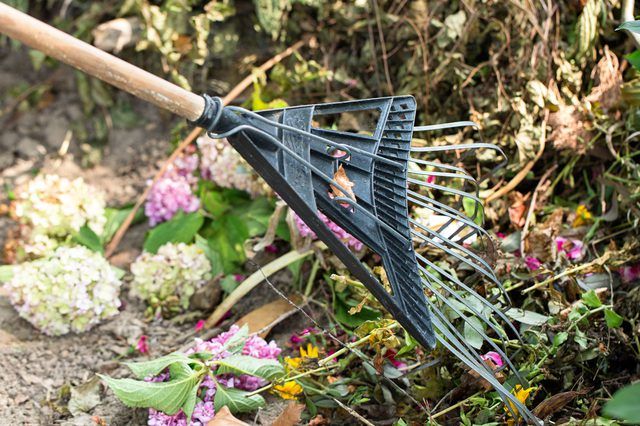Bulbs
Flower Basics
Flower Beds & Specialty Gardens
Flower Garden
Garden Furniture
Garden Gnomes
Garden Seeds
Garden Sheds
Garden Statues
Garden Tools & Supplies
Gardening Basics
Green & Organic
Groundcovers & Vines
Growing Annuals
Growing Basil
Growing Beans
Growing Berries
Growing Blueberries
Growing Cactus
Growing Corn
Growing Cotton
Growing Edibles
Growing Flowers
Growing Garlic
Growing Grapes
Growing Grass
Growing Herbs
Growing Jasmine
Growing Mint
Growing Mushrooms
Orchids
Growing Peanuts
Growing Perennials
Growing Plants
Growing Rosemary
Growing Roses
Growing Strawberries
Growing Sunflowers
Growing Thyme
Growing Tomatoes
Growing Tulips
Growing Vegetables
Herb Basics
Herb Garden
Indoor Growing
Landscaping Basics
Landscaping Patios
Landscaping Plants
Landscaping Shrubs
Landscaping Trees
Landscaping Walks & Pathways
Lawn Basics
Lawn Maintenance
Lawn Mowers
Lawn Ornaments
Lawn Planting
Lawn Tools
Outdoor Growing
Overall Landscape Planning
Pests, Weeds & Problems
Plant Basics
Rock Garden
Rose Garden
Shrubs
Soil
Specialty Gardens
Trees
Vegetable Garden
Yard Maintenance
How to Prune Red Tip Photinia
How to Prune Red Tip Photinia . Also known as Christmas berry, red tip photinia (Photinia x fraseri) adds a splash of color in U.S. Department of Agriculture plant hardiness zones 7 through 9. The new leaves of the shrub are bright red until they mature to a glossy green. The plant grows about 1 foot per year if left unattended. You can maintain...
Also known as Christmas berry, red tip photinia (Photinia x fraseri) adds a splash of color in U.S. Department of Agriculture plant hardiness zones 7 through 9. The new leaves of the shrub are bright red until they mature to a glossy green. The plant grows about 1 foot per year if left unattended. You can maintain the shape, height and some of the red color throughout the growing season with proper pruning of the red tip photinia. Do the heavy pruning in the winter or dormant season and the tip pruning in the spring and summer.
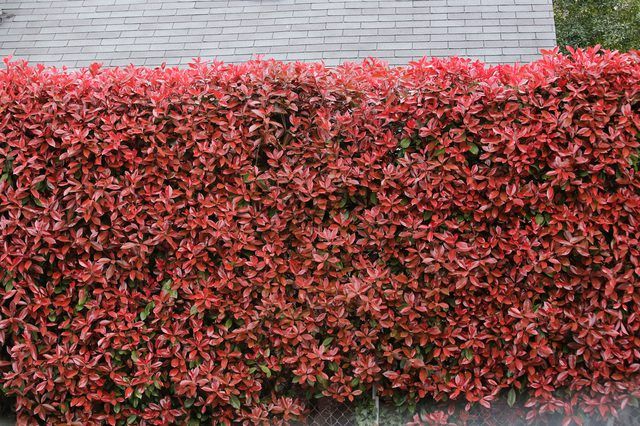
Things You'll Need
Pruning shears
Loppers
Bleach
Garden rake
Step 1
Sterilize your pruning tools by soaking the blades for five minutes in a solution made of 1 part bleach and 9 parts water.
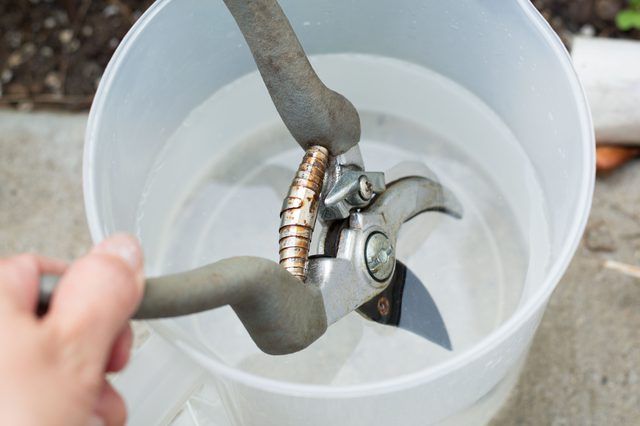
Step 2
Cut away any dead or broken twigs and branches with your sterilized pruning shears or loppers. Remove twigs and stems that are rubbing against each other to avoid further damage.
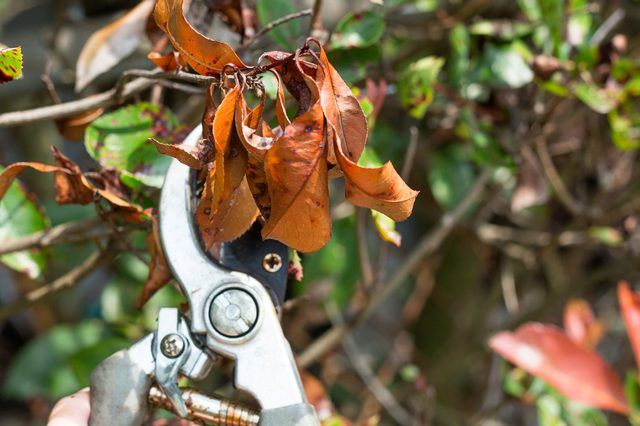
Step 3
Thin out the middle of the red tip photinia to increase air circulation. Dense growth and humidity can cause the fungus Entomosporium leaf spot to attack the plant. Remove two or three branches at the root crown to open the interior of the shrub.
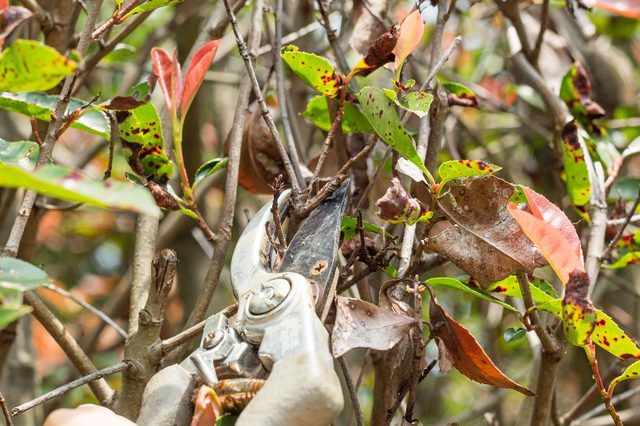
Step 4
Control growth with a 6-inch trim of stray stems. The trim generates new growth, which causes the red color. Trim before late summer so the new growth has a chance to harden off before cooler weather hits.
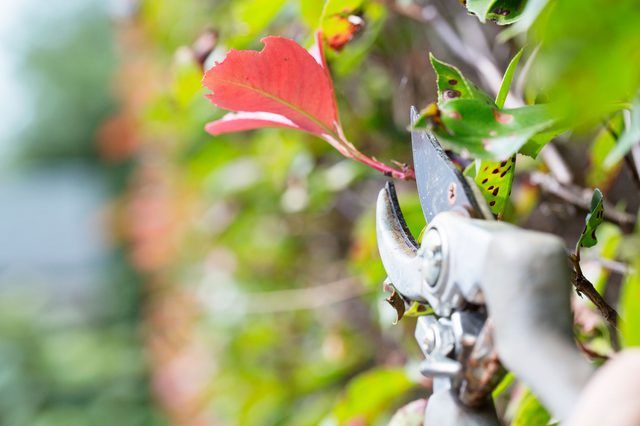
Step 5
Shape the red tip photinia so there is air flow between the shrub and neighboring plants. Good air circulation reduces the risk of any fungus attacking the shrub.
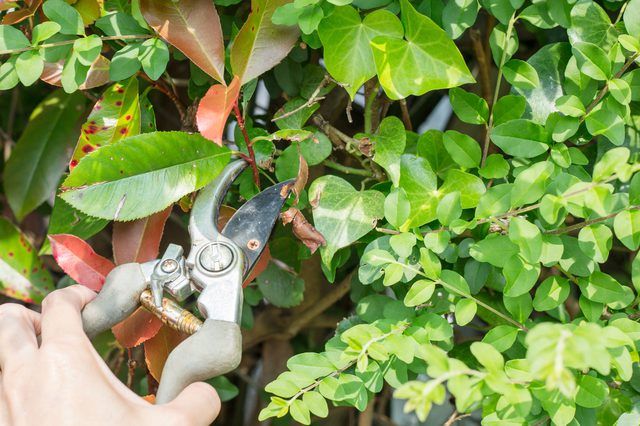
Step 6
Rake the cuttings, leaves and debris from under and around the red tip photinia. Dispose of the clippings as yard waste so there is no chance of spreading any fungus or other diseases to the rest of the landscape.
